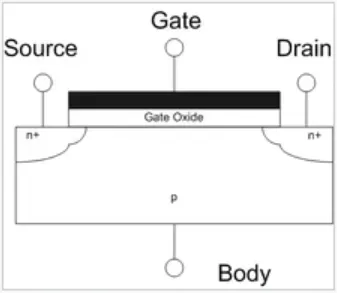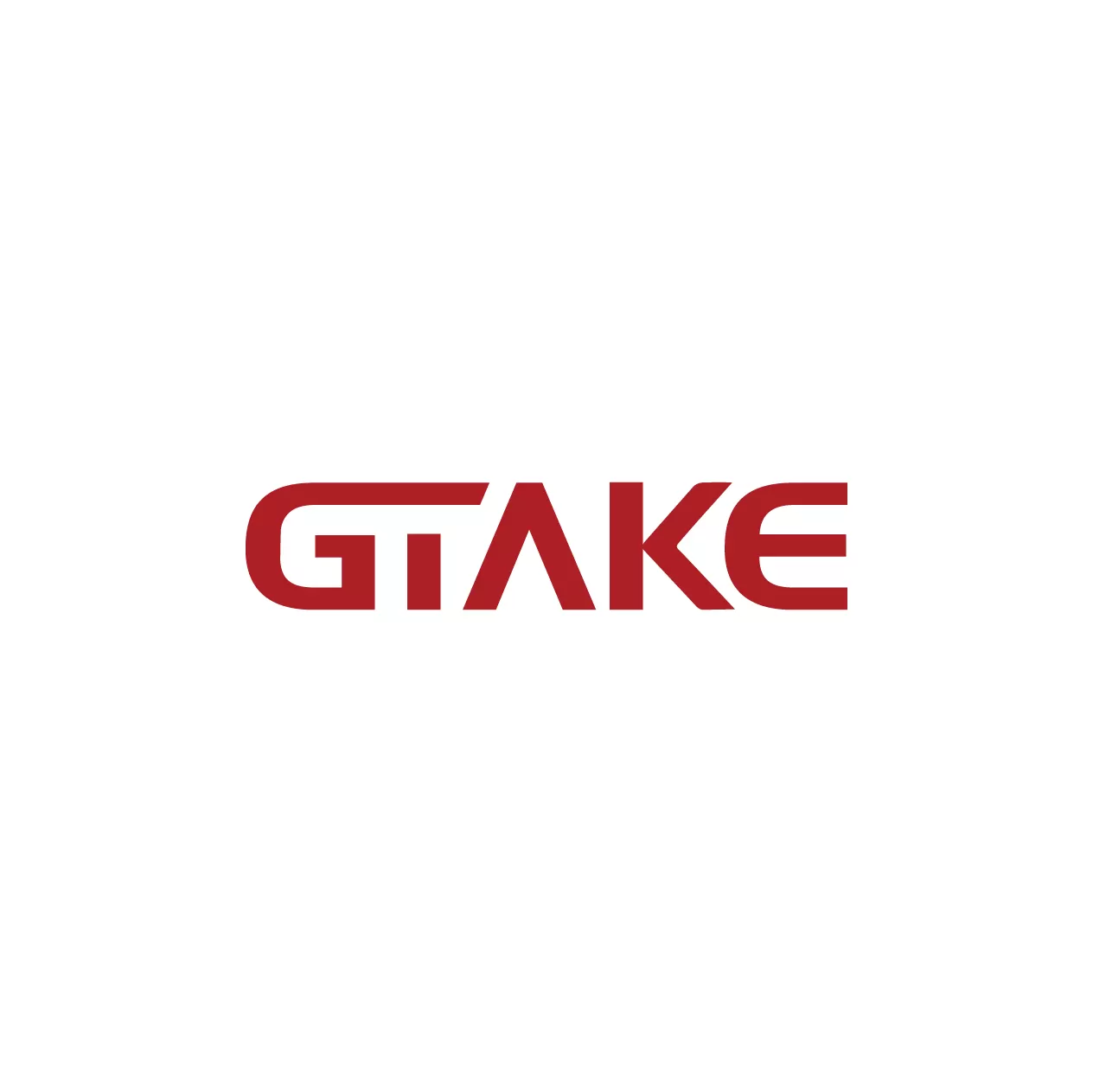A MOSFET (Metal-Oxide-Semiconductor Field-Effect Transistor) is a type of transistor widely used for switching and amplifying electronic signals. FET is a semiconductor device that controls the output circuit current by utilizing the electric field effect of the control input circuit.
A FET is a four-terminal device with source (S), gate (G), drain (D), and body (B) terminals.A FET controls the current by applying a voltage to the gate, which changes the conductivity between the drain and source. It is also known as a unipolar transistor because it conducts electricity only by the majority carriers in the semiconductor. That is, a FET uses either electrons or holes as charge carriers in its operation, but not both.

There are two main types of field effect tubes, junction field effect tubes (JFETs) and insulated gate field effect tubes (MOS tubes).
The MOSFET was invented by Mohamed M. Atalla and Dawon Kahng in 1959 at Bell Labs and was first introduced in June 1960. It is a fundamental part of modern electronics and the most commonly used device in history. since the 1960s, the shrinking and miniaturization of MOSFETs has been driving rapid advances in electronic semiconductor technology and enabling high-density ICs such as memory chips and microprocessors. the MOSFET is considered to be the “workhorse” of the electronics industry. MOSFETs are considered the “workhorse” of the electronics industry.
A MOSFET can function in two ways
- Depletion Mode
When there is no voltage across the gate terminal, the channel shows its maximum conductance. Whereas when the voltage across the gate terminal is either positive or negative, then the channel conductivity decreases. Please refer to this link to know more about Depletion Mode MOSFET
- Enhancement Mode
When there is no voltage across the gate terminal, then the device does not conduct. When there is the maximum voltage across the gate terminal, then the device shows enhanced conductivity.
Now with respect to the working principle, MOSFET is classified as follows:
- P-Channel Depletion MOSFET
- P-Channel Enhancement MOSFET
- N-Channel Depletion MOSFET
- N-Channel Enhancement MOSFET
P-Channel MOSFET
A P-channel MOSFET has a P-channel region located between the source and drain terminals. It is a four-terminal device whose terminals are gate, drain, source and body. The drain and source are heavily doped p + regions and the body or substrate is n-type. The current flows in the direction of positively charged holes.
When we apply a negative voltage with repulsion at the gate terminal, the electrons present below the oxide layer will be pushed downward into the substrate. The depletion region consists of bound positive charges associated with the donor atoms. The negative gate voltage will also attract holes from the p + source and drain regions into the channel region.
N-Channel MOSFET
An N-channel MOSFET has an N-channel region located between the source and drain terminals. It is a four-terminal device whose terminals are gate, drain, source, and body. In this field effect transistor, the drain and source are heavily doped n + regions and the substrate or body is P-type.
Current flow occurs in this type of MOSFET due to negatively charged electrons. When we apply a positive voltage with repulsive force on the gate terminals, then the holes present below the oxide layer will be pushed downward into the substrate. The depletion region consists of bound negative charges associated with the acceptor atoms.
On arrival of electrons, channels are formed. The positive voltage also attracts electrons from the n + source and drain regions into the channel. Now, if a voltage is applied between the drain and source, current will flow freely between the source and drain while the gate voltage controls the electrons in the channel. If we apply a negative voltage, a hole channel will form under the oxide layer instead of a positive voltage.
MOSFET Working Operation
The working principle of a MOSFET depends upon the MOS capacitor. The MOS capacitor is the main part of MOS-FET. The semiconductor surface at the below oxide layer is located between the source and drain terminals. It can be inverted from p-type to n-type by applying positive or negative gate voltages.
When we apply positive gate voltage, the holes present under the oxide layer experience a repulsive force, and holes are pushed downward with the substrate.
The depletion region is populated by the bound negative charges that are associated with the acceptor atoms. The electrons reach, and the channel is formed. The positive voltage also attracts electrons from the n+ source and drain regions into the channel.
Now, if a voltage is applied between the drain and source, the current flows freely between the source and drain and the gate voltage controls the electrons in the channel. If we apply negative voltage, a hole channel will be formed under the oxide layer.
MOSFET Regions of Operation
To the most general scenario, the operation of this device happens mainly in three regions and those are as follows:
Cut-off Region – It is the region where the device will be in the OFF condition and there zero amount of current flow through it. Here, the device functions as a basic switch and is so employed as when they are necessary to operate as electrical switches.
Saturation Region – In this region, the devices will have their drain to source current value as constant without considering the enhancement in the voltage across the drain to source. This happens only once when the voltage across the drain to source terminal increases more than the pinch-off voltage value. In this scenario, the device functions as a closed switch where a saturated level of current across the drain to source terminals flows. Due to this, the saturation region is selected when the devices are supposed to perform switching.
Linear/Ohmic Region – It is the region where the current across the drain to source terminal enhances with the increment in the voltage across the drain to source path. When the MOSFET devices function in this linear region, they perform amplifier functionality.
At GTAKE, we integrate cutting-edge technologies into industrial variable frequency drives, servo drives, winder power converters, solar inverters for the industrial and clean energy markets. We also offer HEV/EV motor controllers for automobiles with superior efficiency, reliability and passenger comfort.Feel free to get in touch with us. We would love to hear from you.
